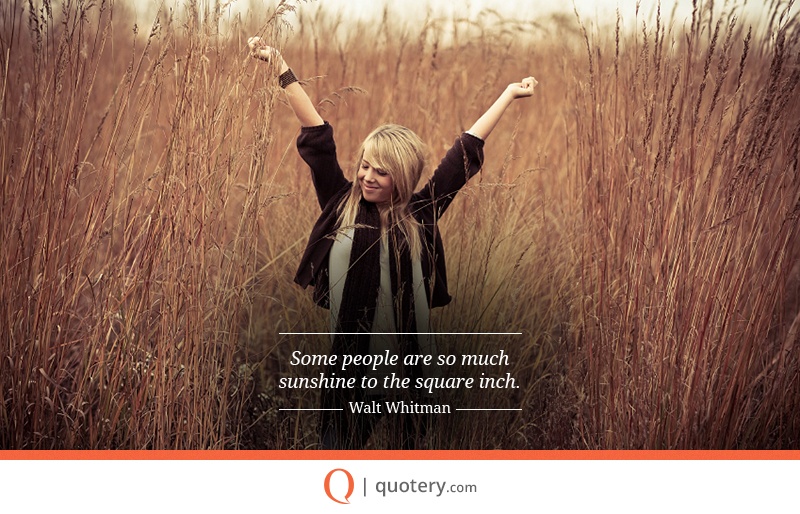Throughout Whitman’s career, I recall little alteration in regards to his discussions of women, however, I plan to examine this much further. From Song of Myself, to his more climactic poems, on the battle field, women appear in the care-taker role, which upholds clear gender roles. In addition, Whitman’s emphasis on touch and physical connection, as a roadway to spiritual connection, differs to an immense degree on the basis of gender. While he develops a palpable, transcendent connection with men, he seems to appreciate women in light of their specific roles. Though his idealization of male figures often speaks to his homosexual nature, his discussion of common women and men, in general, contain sharp distinctions, which demonstrates this inclusion of roles.
For this time frame, an equal mention of both sexes was itself drastic, which paints Whitman’s work as novel in some manner. However, he creates clear gender divides as women receive mention upon their child-rearing and homemaking abilities. I would like to see what shape his views of women take over the course of his career, as well as if, how, and why this endures alterations.
Adrienne Rich’s A Dream of a Common Language, which serves as her feminist manifesto, employs an inclusive nature like that of Walt Whitman’s poems. Written in 1973, one can analyze this in the midst of Second Wave Feminism; this differs from First Wave Feminism, as it extends from discussions of suffrage a lone, to that of social and legal rights. I would like to analyze Rich’s text alongside Whitman’s poems, as a lens through which to determine how he upholds and rejects feminist ideals, and if he serves as a feminist figure, or as more of a product of his time, and if he can receive location within feminist movements.
In terms of shape, I will utilize a website to represent Whitman’s discussions of women, and to track the “shape” of these views over time. This will enable me to engage with the text in a direct manner, to work on specific Whitman poems, and to examine seemingly contradictory views and their evolution. In addition, it will permit me to utilize Rich’s poems as a lens through which to examine Whitman and whether or not he proves as a similar “feminist” figure. Such a format which provide a dynamic approach for an examination of gender representation and ideological differences and convergences, between Whitman and Rich, in their “dream of a common language.”

Interesting idea! We’ll have to talk about what a web text offers–organizationally and otherwise–that a traditional text would not. And Rich has an ongoing engagement with Whitman through her prose writing and poetry–and on into the late work. The key will be to read around this material and then find a suitable focus for your project in the context of Whitman’s influence on women in particular. There’s much to be done with this, and I don’t think anyone has written extensively on Rich and Whitman in any deep or substantial way.